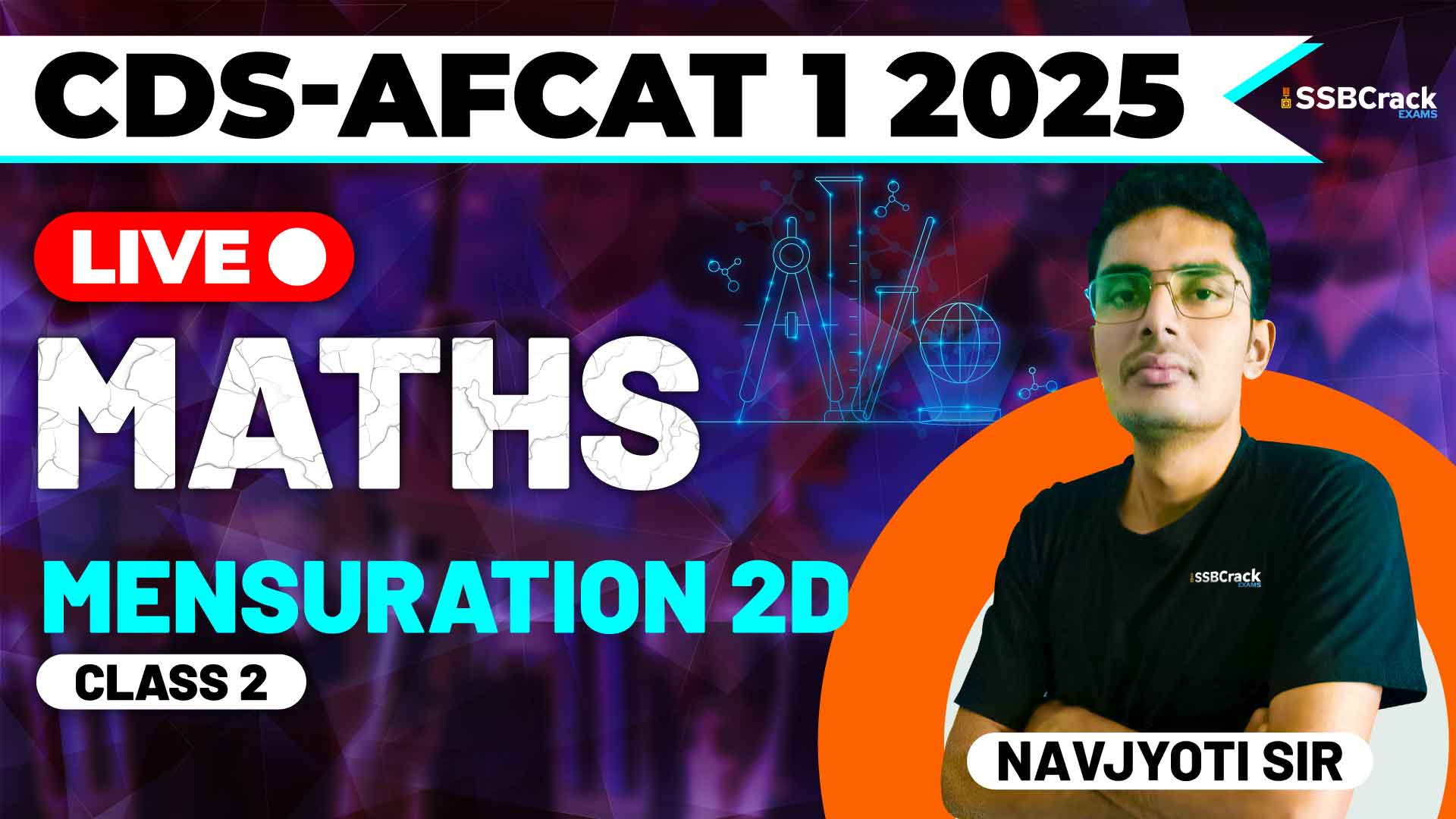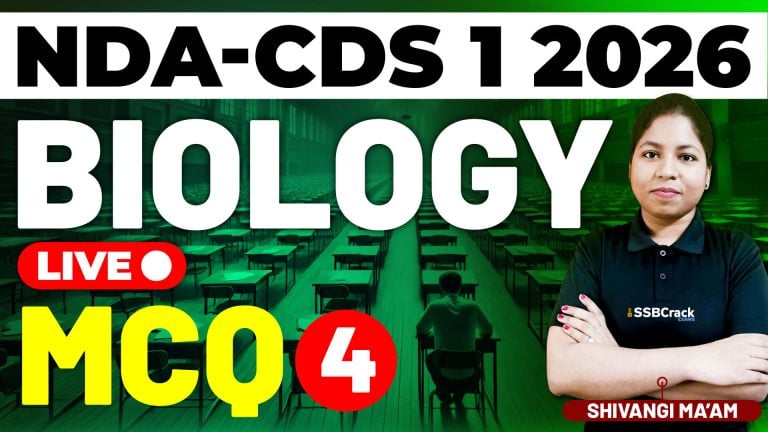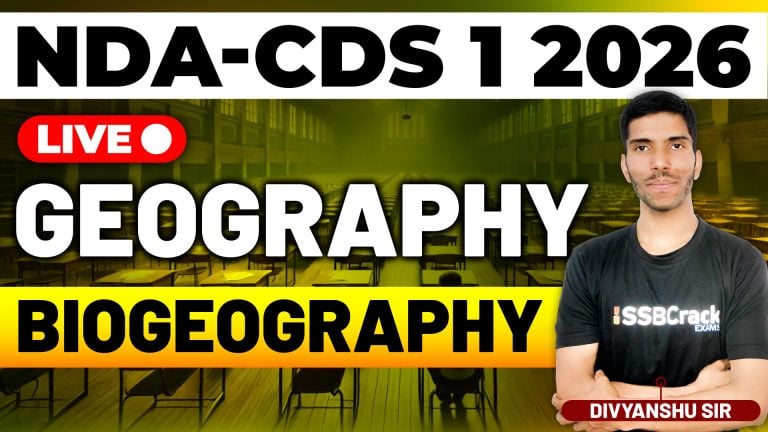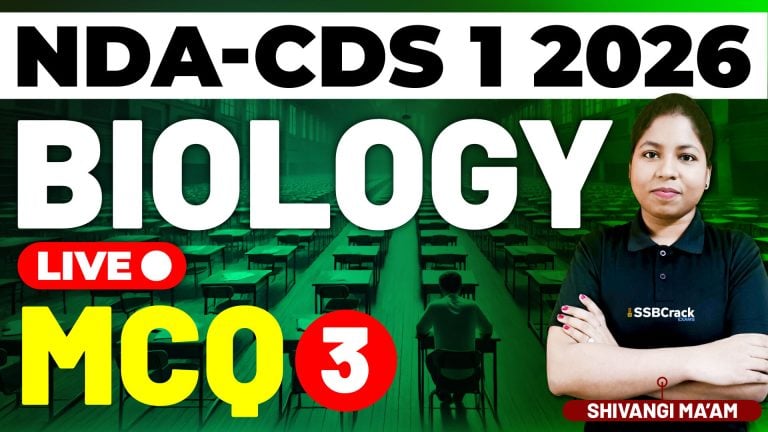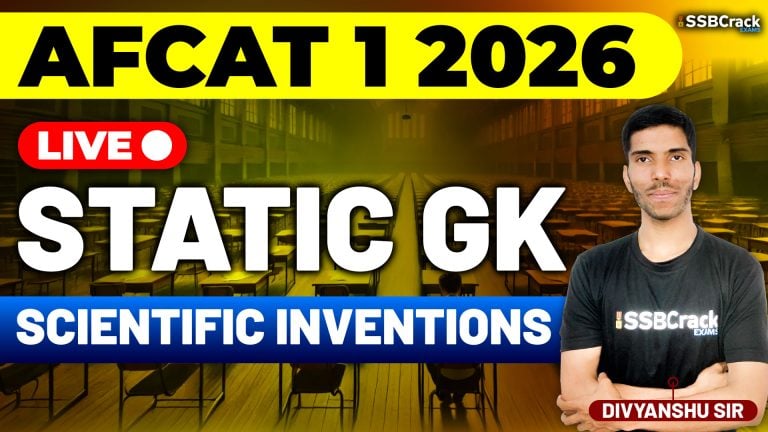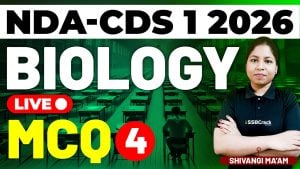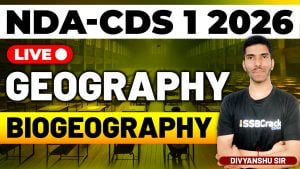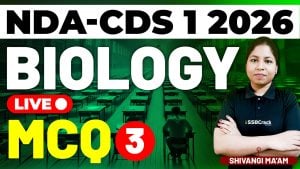Mensuration 2D is an essential topic in mathematics, especially relevant for exams like the Combined Defence Services (CDS) and Air Force Common Admission Test (AFCAT). The recent class focused on two-dimensional figures, specifically circles, polygons, and related terms. Understanding these shapes and how to calculate their areas and perimeters can significantly improve performance in the Maths sections of these exams. This blog will cover the key concepts discussed in class and share effective preparation strategies to approach these topics with confidence.
Core Concepts Covered in Class
1. Circles and Key Terms
- A circle is a set of points equidistant from a central point. Various terms are associated with circles, each crucial for understanding how to calculate areas and other properties.
- Key terms include:
- Radius: Distance from the center to any point on the circle.
- Diameter: Twice the radius, it passes through the center and touches both sides of the circle.
- Circumference: The total distance around the circle.
- Chord: A line segment joining two points on the circle, with the longest chord being the diameter.
- Arc: Part of the circle’s boundary, measured by the central angle it subtends.
2. Area of Sector and Segment
- Sector: A sector is a “slice” of the circle created by two radii extending from the center to the circumference, enclosing a part of the area. The sector’s size is determined by the central angle subtended by its arc.
- Segment: A segment is the area enclosed by a chord and the corresponding arc. Segments are smaller than sectors and do not include the center. Knowing how to calculate the area of both the sector and segment is vital for accurately answering questions on circle-based problems.
3. Polygons and Regular Polygons
- A polygon is a closed figure with straight sides, and it can have any number of sides. Examples include triangles, quadrilaterals, pentagons, hexagons, etc.
- Regular Polygons: These are polygons where all sides and angles are equal. Each regular polygon has unique properties, making it easy to calculate area and perimeter once you understand the relationships between its sides and angles. Examples of regular polygons include equilateral triangles and squares.
Practical Application and Importance in Exams
Circles, sectors, segments, and polygons form the foundation of many mensuration problemsCDS and AFCAT Exams. These shapes frequently appear in questions, either alone or in combination, challenging candidates to apply their understanding of formulas, spatial awareness, and problem-solving skills.
By mastering these basics, students gain the ability to deconstruct more complex shapes and tackle questions involving composite figures (e.g., shapes that combine sectors with polygons or circles with segments). Such questions test both conceptual understanding and the ability to handle calculations effectively under time constraints.
Preparation Strategies for Mensuration 2D
Success in Mensuration 2D relies on a mix of conceptual clarity, formula familiarity, and problem-solving speed. Here are some strategies to effectively prepare for questions on circles, sectors, segments, and polygons:
1. Master the Basic Properties
- Start with an in-depth review of the properties of circles and polygons. Understanding terms like radius, diameter, chord, and arc is essential as these terms frequently appear in questions and often dictate which formulas to use.
- For polygons, focus on differentiating between regular and irregular polygons. Learn the relationships within regular polygons, such as equal side lengths and angles.
2. Understand Sector and Segment Relationships
- Develop a solid grasp of how sectors and segments relate to the whole circle. Practice visualizing these sections within a circle, which helps in quickly identifying them during exams.
- Familiarize yourself with the angles related to sectors and segments and their impact on calculating areas. Since the central angle plays a pivotal role in determining the size of a sector, be comfortable recognizing angle-based variations in questions.
3. Memorize Formulas with Context
- It’s crucial to know the key formulas but equally important to understand when and how to apply them. Instead of rote memorization, practice applying each formula in different scenarios, as this builds a deeper understanding.
- Create a summary sheet of formulas specifically for circles, sectors, segments, and polygons. Regularly reviewing this sheet and testing your recall with practice problems will ensure these formulas are readily accessible during exams.
4. Practice with a Range of Questions
- Start with simpler problems to solidify the basics, then gradually advance to more complex, multi-step problems that involve combinations of shapes. Practicing a diverse range of questions helps you learn to apply the right formula in varied situations.
- Use previous years’ CDS and AFCAT papers, as well as mock tests, to familiarize yourself with the types of mensuration questions typically asked. This will also give you a sense of the time needed to solve each question type, an essential skill in timed exams.
5. Work on Visualization and Diagram Skills
- Visualizing geometric shapes is a powerful tool. Practice drawing diagrams for complex shapes and labeling key components like radius, angles, or chords. This can simplify your approach to breaking down multi-part questions.
- Diagrams help reduce errors, as they offer a clear layout of the relationships between parts of a shape. Regular practice with sketching shapes from different perspectives will make it easier to identify sectors, segments, and regular polygons within composite figures.
6. Leverage Shortcuts and Tricks
- Learning shortcuts for common calculations, such as quickly finding circumference or estimating areas, can save valuable time.
- For polygons, familiarize yourself with standard angle properties and tricks to deduce angles or side lengths when only limited information is given. For example, knowing that all angles in a regular polygon are equal can sometimes eliminate unnecessary steps.
7. Revise Regularly and Test Your Skills
- Continuous revision is crucial to retain knowledge of formulas and problem-solving techniques. Set up a weekly revision routine where you practice different mensuration problems.
- Practice tests will reveal any weaknesses and provide opportunities to improve your approach. Timed tests also build the habit of quickly selecting and applying the correct formulas under exam conditions.
Common Mistakes to Avoid
- Overlooking Units: Ensure you’re consistent with units, as area calculations often require squaring the units of length.
- Confusing Terms: Misunderstanding terms like radius and diameter or sector and segment can lead to incorrect formula application. Revisit these terms regularly to reinforce clarity.
- Rushing through Diagrams: Taking time to draw accurate diagrams can save you from simple errors. Don’t skip this step, especially with complex questions.
Conclusion
Mensuration 2D, covering circles, sectors, segments, and polygons, is a core part of the CDS and AFCAT Maths syllabus. Mastery of this topic not only boosts confidence in tackling 2D geometry questions but also helps in solving composite shape problems. By understanding the properties of each shape, visualizing problem setups, and practicing regularly, you can improve both your speed and accuracy in answering these questions.
Mensuration is a scoring area that rewards systematic preparation. As you progress, keep honing your problem-solving skills and revisiting the key concepts discussed in class. This combination of knowledge and strategy will place you in a strong position to tackle Mensuration 2D confidently on exam day.
